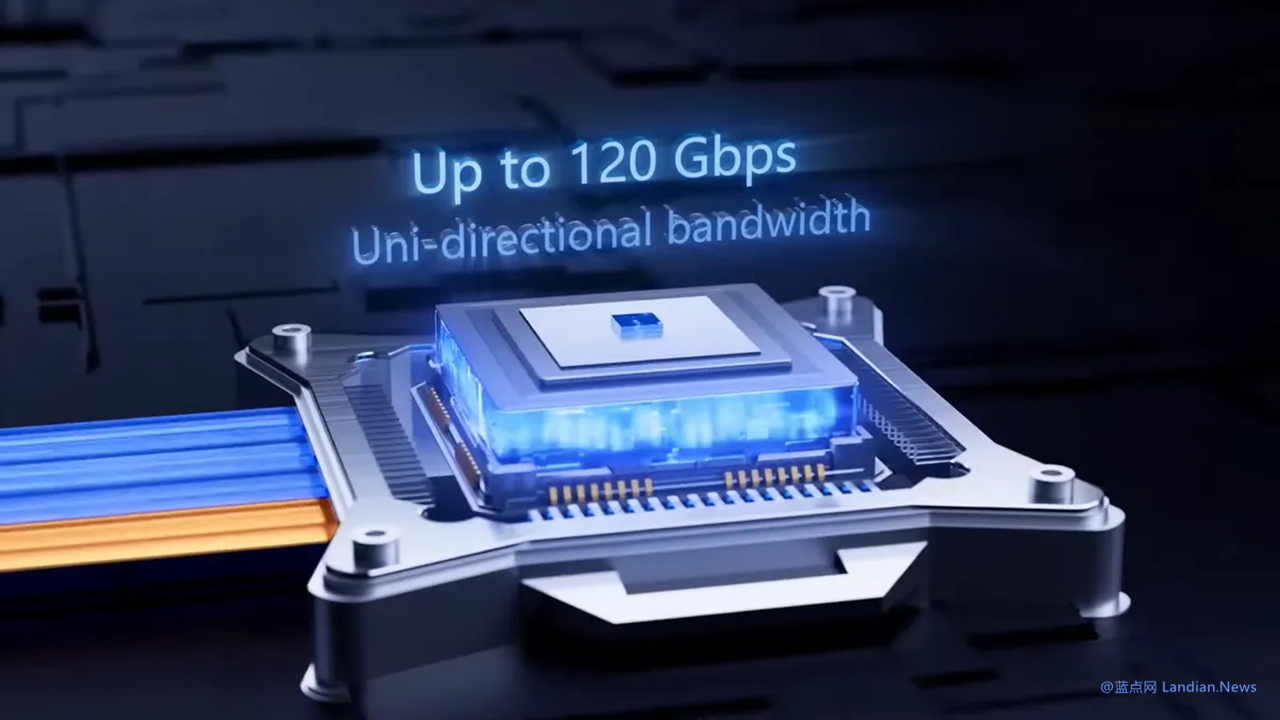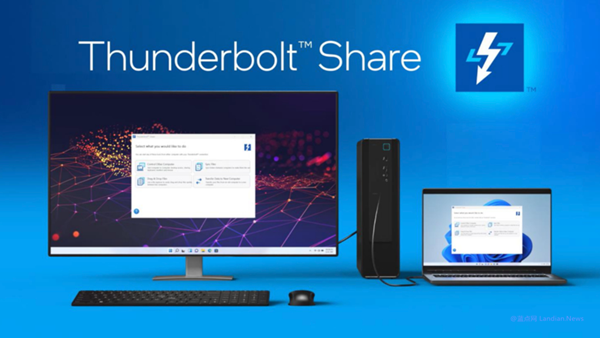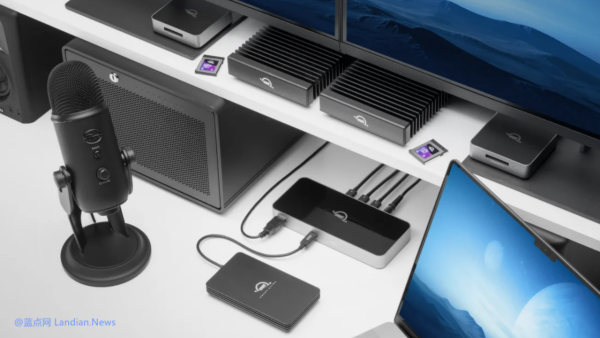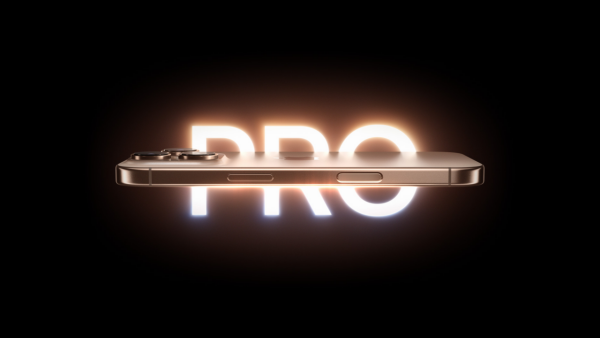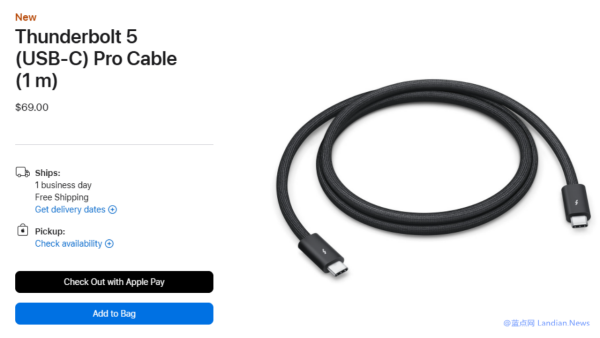The world's first Thunderbolt 5 data cable is on the market, but currently no device supports the protocol
Intel launched the official version of the Thunderbolt 5 standard last year, developed based on USB 4 Version 2.0, incorporating all new features of USB while adding some unique functionalities.
In terms of transfer speed, Thunderbolt 5 offers a maximum bandwidth of 80Gbps and supports the DP 2.1 specification, allowing for the connection of three displays simultaneously at a bandwidth of up to 120Gbps.
Today, Cable Matters, a manufacturer of data cables and peripherals, released the world's first Thunderbolt 5 data cable. Since Thunderbolt 5 adheres to a single standard, this cable supports all functionalities of Thunderbolt 5.
The cable provides a maximum charging power of 240W, is backward compatible with Thunderbolt 4/3, and USB-C interface USB 4 protocols, offers 80Gbps of bi-directional bandwidth, and in enhanced bandwidth mode, it delivers up to 120Gbps of data transfer.
Given that the maximum bandwidth of USB4 Version 2.0 is 80Gbps, the Thunderbolt 5 data cable also typically offers 80Gbps of bandwidth. It can only activate the 120Gbps bandwidth when connecting a sufficient number of displays.
This is achieved using three 40Gbps channels, and it can only transmit in one direction at 120Gbps, with the reception limited to 40Gbps. However, this is not an issue for most displays, as they usually only require unidirectional transmission from the host to the display.
In terms of price, Cable Matters offers three different lengths, with the shortest being just 1 foot (about 30.48 cm) priced at 22.9926.99, and the 3.3 feet version (about 1 meter) at $32.99.
Interested consumers can already purchase these cables through Amazon. However, considering there are currently no devices or peripherals that actually support the Thunderbolt 5 protocol, purchasing now might not be immediately useful.
If users plan to acquire devices supporting the Thunderbolt 5 protocol by the end of this year or next, and they currently need a Thunderbolt cable, it might be worth considering a purchase, as they wouldn’t need to upgrade later.
